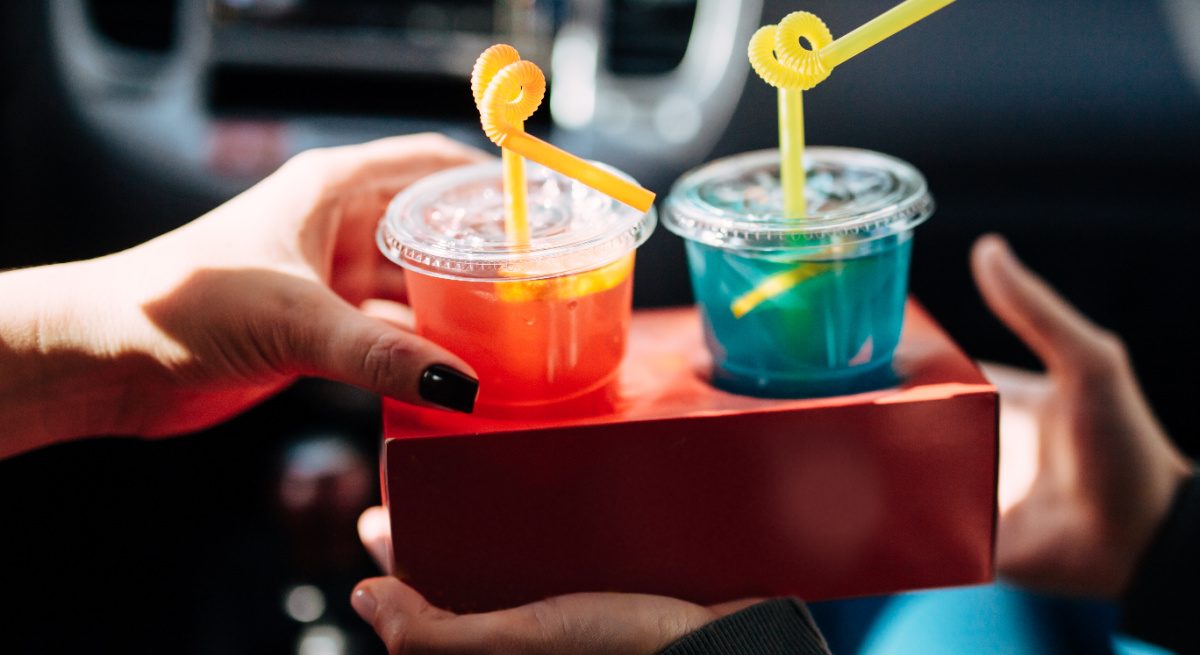To-Go Mixed Drinks Mean More Opportunities for Both Revenue and Liability
4 Min Read By Derick Cooper, Jason Vuchinich
Similar to other states such as New York, Kentucky, Texas, Colorado and California, on May 5, 2021, the Georgia State Senate passed Bill 236, which offers an opportunity for restaurants and bar owners to generate more revenue through to-go orders. In particular, S.B. 236 allows food service establishments to now sell mixed drinks for off-premises consumption. In other words, it allows the sale of mixed drinks with to-go food orders. This legislation results from innovative practices restaurants and bars developed during COVID-19 shutdowns nationwide. S.B. 236 is now codified as O.C.G.A. § 3-3-11.
O.C.G.A. § 3-3-11 imposes these five basic requirements on the alcohol to-go orders:
1) the alcohol must be in an “approved container;”
2) it must be sold to the individual who placed the order and is paying for the alcohol;
3) it is limited to two mixed drinks for each entrée ordered (alcohol cannot be bought alone);
4) the drink must be prepared the same day it is sold and cannot…
Sorry, You've Reached Your Article Limit.
Register for free with our site to get unlimited articles.
Already registered? Sign in!



